Six Spots Around the World Where You Can Try Your Hand at Falconry
From castles to vineyards to bird parks, these sites will introduce you to the ancient sport
/https://tf-cmsv2-smithsonianmag-media.s3.amazonaws.com/filer/d6/c0/d6c0e1cb-f638-462c-94e7-e905c96baa8a/falconry.jpg)
Sixty years ago, we met Sam Gribley, a fiercely independent teenager from New York City and the main character of Jean Craighead George's book My Side of the Mountain. Sam, dissatisfied with his life in the city, ran away from home to begin a life in the wilderness. Along the way, he took a baby peregrine falcon from its nest and taught her to hunt for food for him—and introduced a whole new generation to falconry in the process.
For millenia, hunters have trained falcons to stalk wild prey, catch it, and return with it for a shared meal. But the actual origins of falconry are a bit of a mystery. Depending on who you ask, it could be 4,000 years old, 10,000 years old, or even older. It’s thought to have originated in Asia or the Middle East, thanks to pictorial and written record of people using trained hunting birds for sustenance.
As a sport, falconry rose to popularity in Europe in the Middle Ages. It was a favorite pastime of aristocrats and royalty, and in the 1600s, there was even a set of laws enacted that determined which type of falcon could be flown by what social status. For example, kings could fly gyrfalcons, and servants could fly kestrels.
Due to the pervasiveness of the sport, a few falconry terms have even been added to our lexicon. “Hoodwink,” meaning to deceive or dupe, was originally a term for covering up a bird’s eyes to keep it relaxed. Falconers use the word "mantle,” which now commonly describes a cloak or something that covers, when a falcon covers their food with their wings, and “fed up" was first a phrase describing birds that have full stores of food and aren’t interested in any more food or flying.
The sport of falconry in Europe eventually began to slow in the 1800s, for a few reasons. It was an aristocratic activity, and the aristocracy was fading. Plus, hunting with guns was gaining steam, negating the need for birds to catch wild prey. Development of forested areas played a role as well; less native habitat meant fewer native birds and less prey.
Meanwhile, though, falconry was catching on in the United States. The first recorded appearance of it in the U.S. was in 1622 in New England, when lawyer Thomas Morton came from Europe and published his account of seeing the practice. It stayed low profile until the 1920s and 30s, when the Peregrine Club (the country's first big falconry association) was established. Now, about 10,000 legal falconers exist around the world; 5,000 of them are in North America.
If you've always wanted to channel your inner Sam Gribley, here are six places around the globe that offer falconry experiences:
Dromoland Castle; Newmarket on Fergus, Ireland
Originally built in the 11th century, Dromoland Castle was home to Donough O’Brien, one of the sons of Irish High King Brian Boru. The O’Briens controlled and lived at Dromoland for 900 years. The castle was rebuilt in 1543, when then owner Murrough O’Brien (chief of the clan and 57th King of Thomond) had to pledge loyalty to King Henry VII. In 1650, the new Sir Donough O’Brien moved in; he was considered to be the richest man in Ireland at the time. Additions were made to the estate, adding another castle, between 1700 and 1730. The current castle was built in 1835. It became a hotel in 1962 when then owner, yet another Donough O’Brien, fell on hard times and had to sell it to Bernard P. McDonough, an American. A member of the O’Brien family, though, still lives next door and uses some of the estate’s land.
The 13-year-old falconry program at Dromoland Castle is an amenity for hotel guests. Participants will walk the grounds of the estate alongside some of the property's 18 falcons, owls and hawks, and be able to hold them with a falconer’s help. Resident falconer Dave Atkinson cares for the birds. Each falconry experience at Dromoland can be tailored to guest requests. The program lasts a little more than an hour.
Jurong Bird Park; Singapore
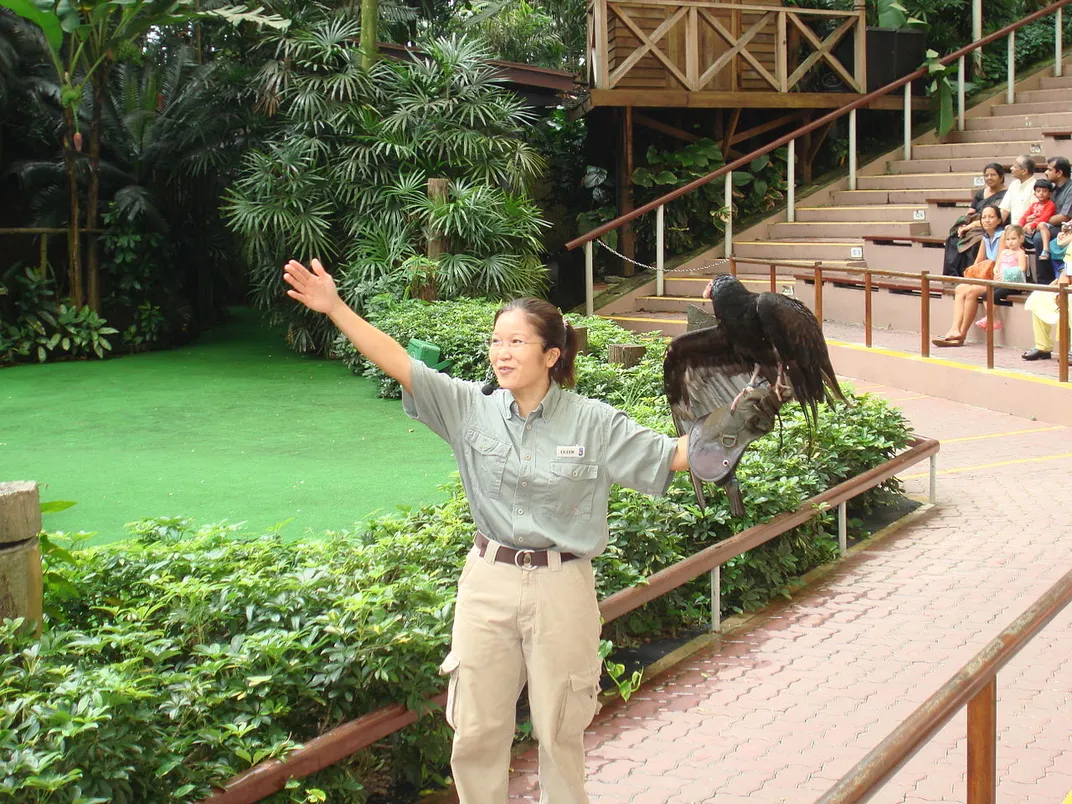
Of the 400 species of birds at Jurong Bird Park, 20 percent are threatened. Stretching across 50 acres, the park is the largest bird park in Asia, and home to 3,500 birds—ranging in species from penguins and pelicans to falcons and toucans. It’s also the only Asian bird park to have an avian hospital. Conservation of bird species is important to the mission of Jurong Bird Park; the park breeds threatened species, including the blue-throated macaw and the Bali mynah, to help with population numbers.
The hour-long "Bird’s Eye Tour" at Jurong showcases birds like Brahminy kites, hornbills, vultures, hawks, and if you’re lucky, baby owls and chicks. Guests get to feed the birds, interact with them, and fly them.
Ireland’s School of Falconry; Cong, Ireland
Founded in 1999, Ireland’s School of Falconry is located at Ashford Castle, which was first built in 1228 by the de Burgos, an Anglo-Norman family, after they defeated a local Irish family, the O’Connors. In 1852, the Guinness family (yes, that Guinness family) bought the estate, built new roads, planted trees and increased the land size from 12,000 acres to 26,000. The Guinness family then sold it to businessman Noel Huggard in 1939, who turned it into a posh hotel. The property changed hands a few more times and, now owned by The Red Carnation Hotel Collection, it’s celebrating its 80th year of being a hotel this year. The falconry school is still on the castle grounds.
Ireland’s School of Falconry hosts "Hawk Walks," which are hour-long retreats around the estate where guests of the hotel (and a few non-guests, if they can register on time) get to know the school’s Harris’s Hawks, feed them, fly them and learn about the world of falconry. Extended Hawk Walks are available for people who want more time with the birds.
Bouchaine Vineyards; Napa, California
Bouchaine Vineyards in Napa started falconry tours in 2018 to allow guests to be a part of their vine management experience. The winery uses falconry as a way to stop other birds from damaging grapes during the last few months of the growing season. The falcons and hawks fly over the vines, scaring away the birds that would try to eat the grapes—leading to not just a sustainable method of pest control, but a discrete and organic method as well.
The vineyard's "Falconry Experience" starts in the tasting room, and then takes participants on a tour of the vineyard to learn about its history, how the grapes are produced and sustainable practices. The vineyard’s hawks fly overheard and swoop down to the handler’s arm, followed by a stop on each participant’s arm. The experience ends with a picnic lunch and wine tasting in the garden, when vineyard falconers will bring in other raptors for the guests to meet.
Skywings Falconry; Algodonales, Spain
Skywings offers a truly unique experience in the falconry world: parahawking. This sport is a combination of paragliding and falconry. The birds still swoop over to participants’ hands to get a piece of meat, but land lightly because the tandem parahawking teams are flying alongside the birds instead of standing beneath. Skywings developed the sport so participants could experience flight the way these birds do, soaring through the sky.
Parahawking teams fly alongside American Black Vultures and Harris Hawks as part of a conservation effort for birds; vultures in Asia are nearly extinct because of Diclofenac, an anti-inflammatory given to livestock that’s poisonous to the birds. One thousand rupees (nearly $14) from every parahawking excursion goes directly to Nepal to help with conservation efforts. Each experience also includes an on-the-ground workshop about vulture conservation. Standard falconry options are available as well for those who don’t want to parahawk.
Wild Flight; Dubai, United Arab Emirates
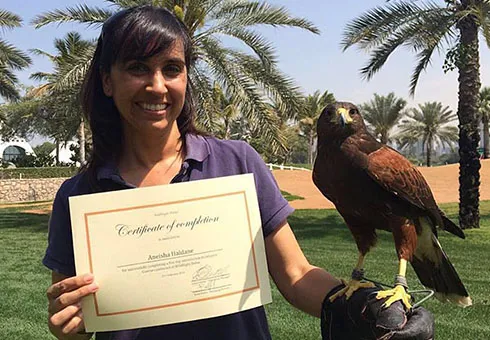
Like Bouchaine Vineyards, Wild Flight uses falconry as a method of pest control—except they aren’t protecting vines, they’re instead protecting local areas from nesting pest birds. In addition to those services, Wild Flight offers two falconry displays where attendees don’t actually touch the birds: one at sunset for up to 200 guests, and one static display where the birds stand on perches and people can take photos of them. There’s also an interactive experience, where participants call the birds down to their gloves.
The gold standard experience at Wild Flight, though, is the falconry school. The school offers a beginner’s course in Arabian-style falconry and provides every student with a falconry starter kit and a completion certificate at the end. Students have to attend four two-hour courses and take a final exam, all of which can be tailored to meet the student’s schedule.
/https://tf-cmsv2-smithsonianmag-media.s3.amazonaws.com/accounts/headshot/JenniferBillock.png)
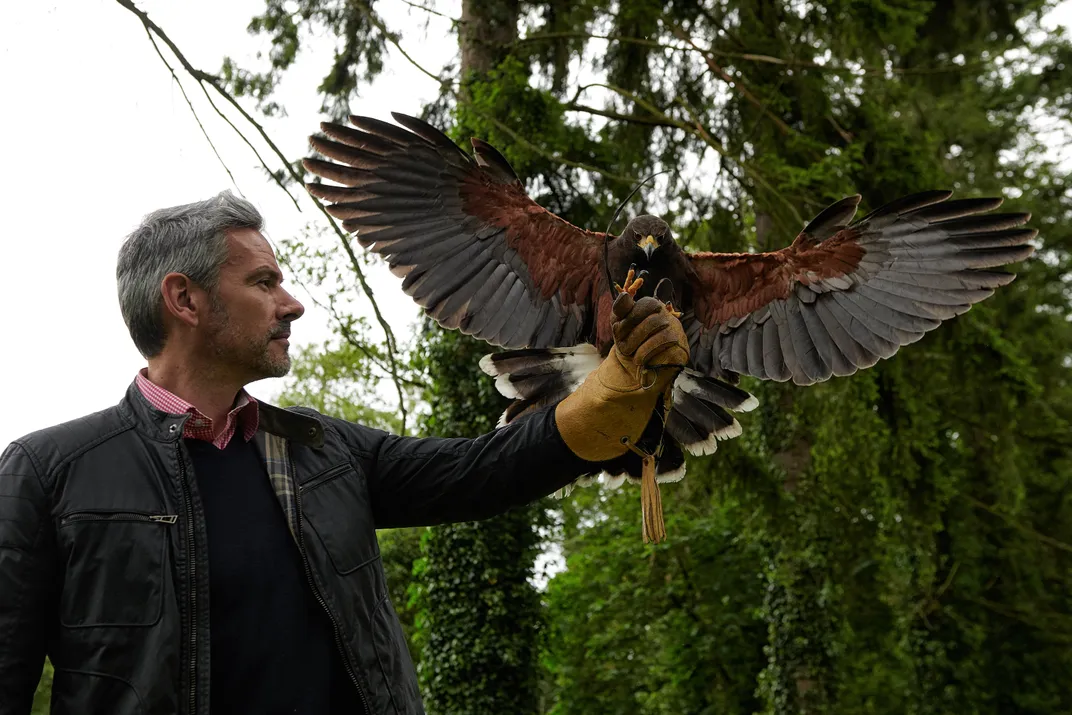
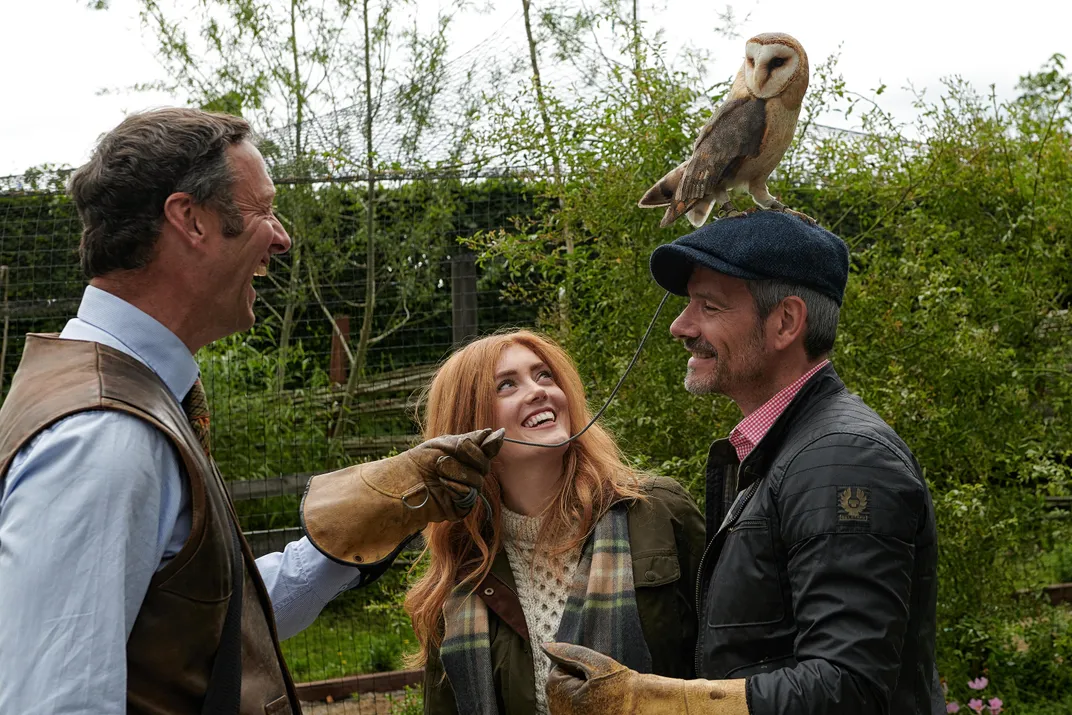
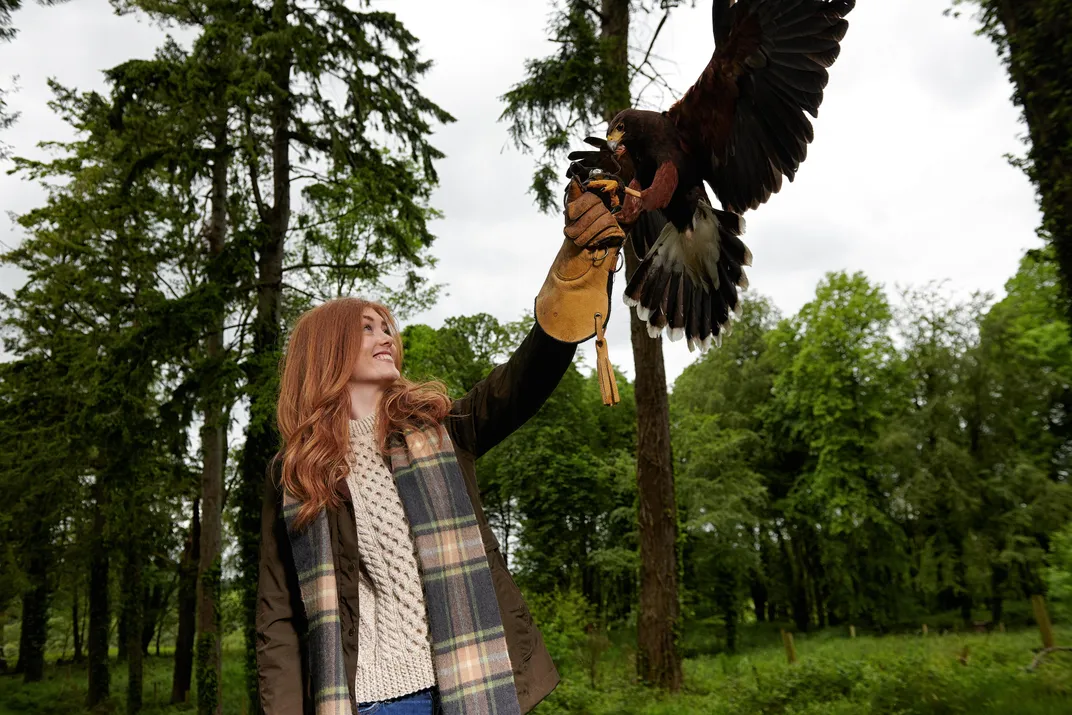
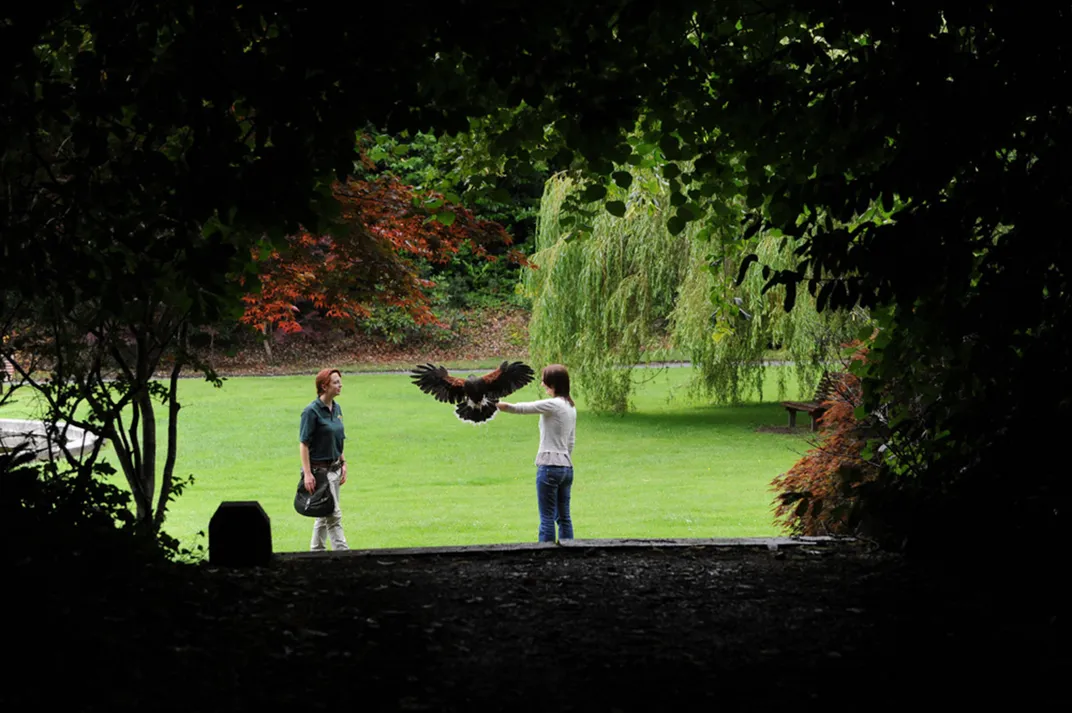
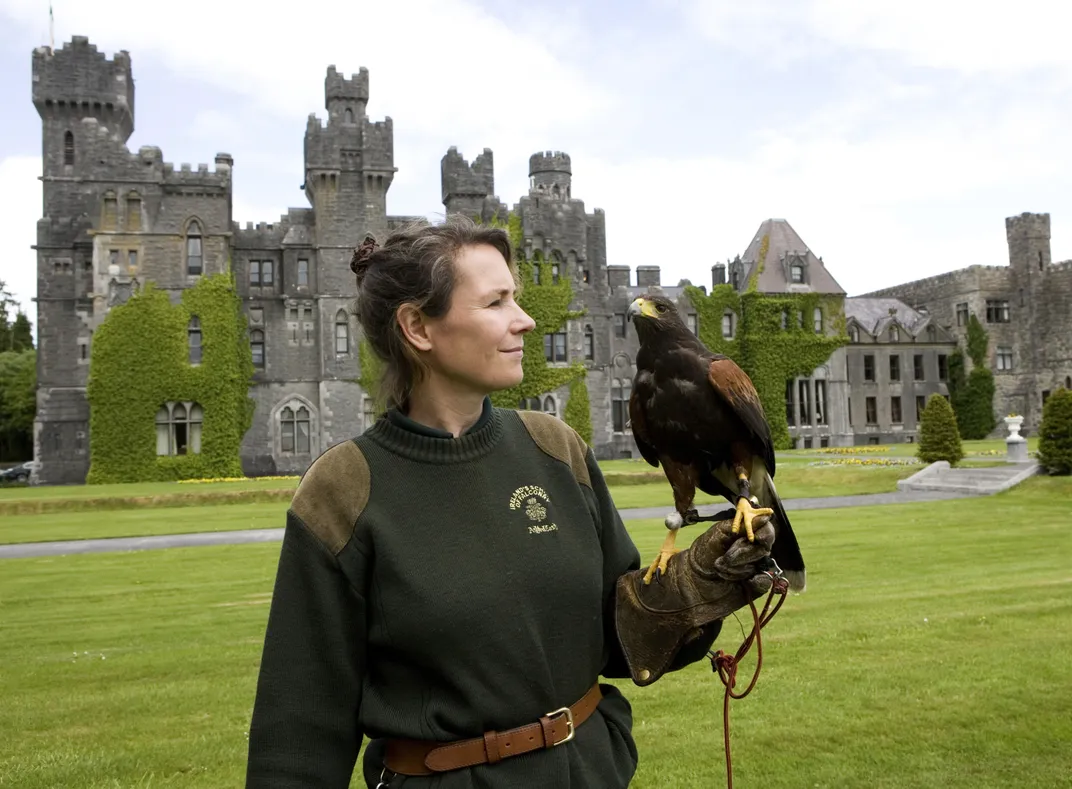
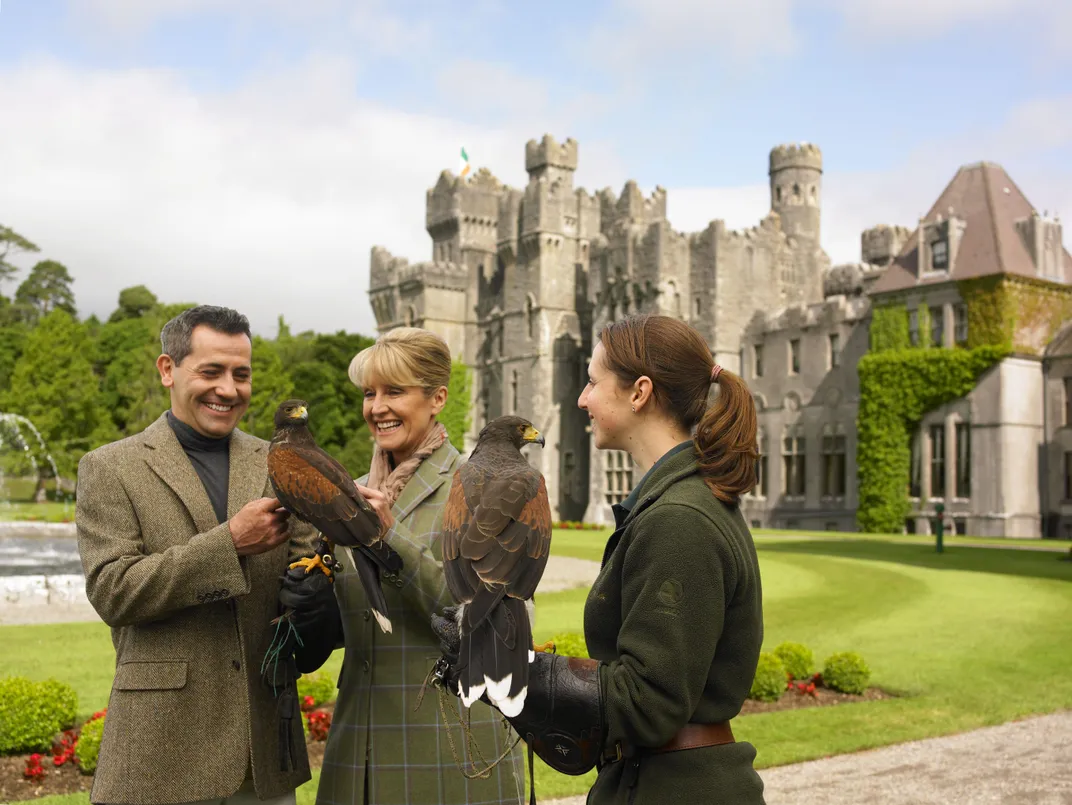
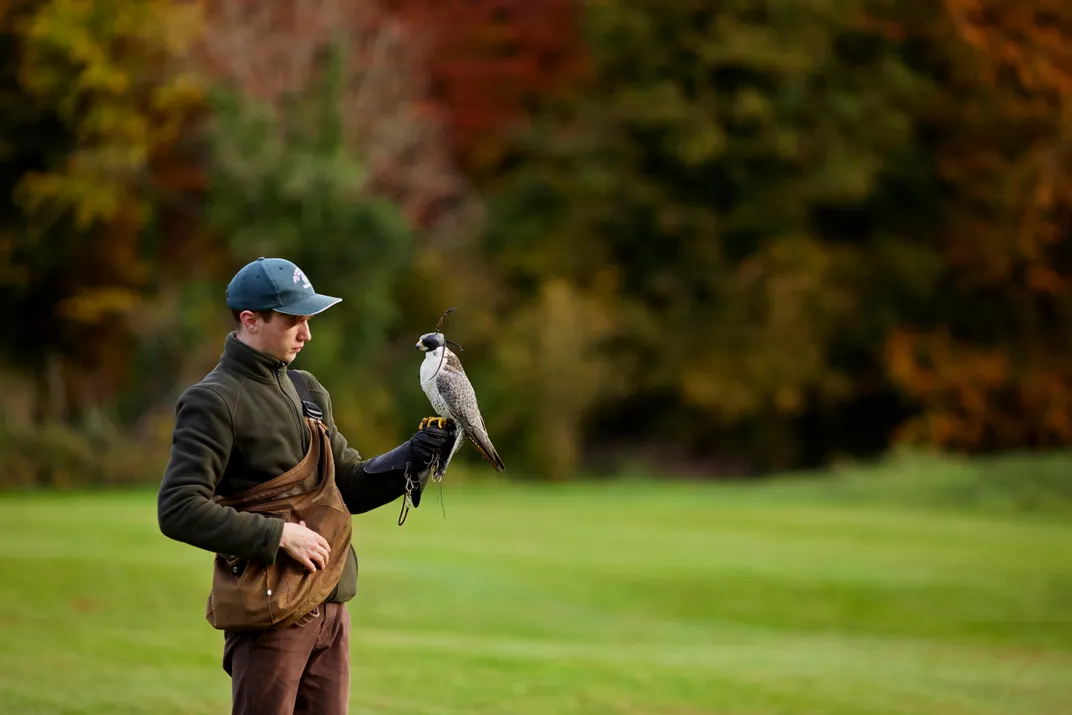
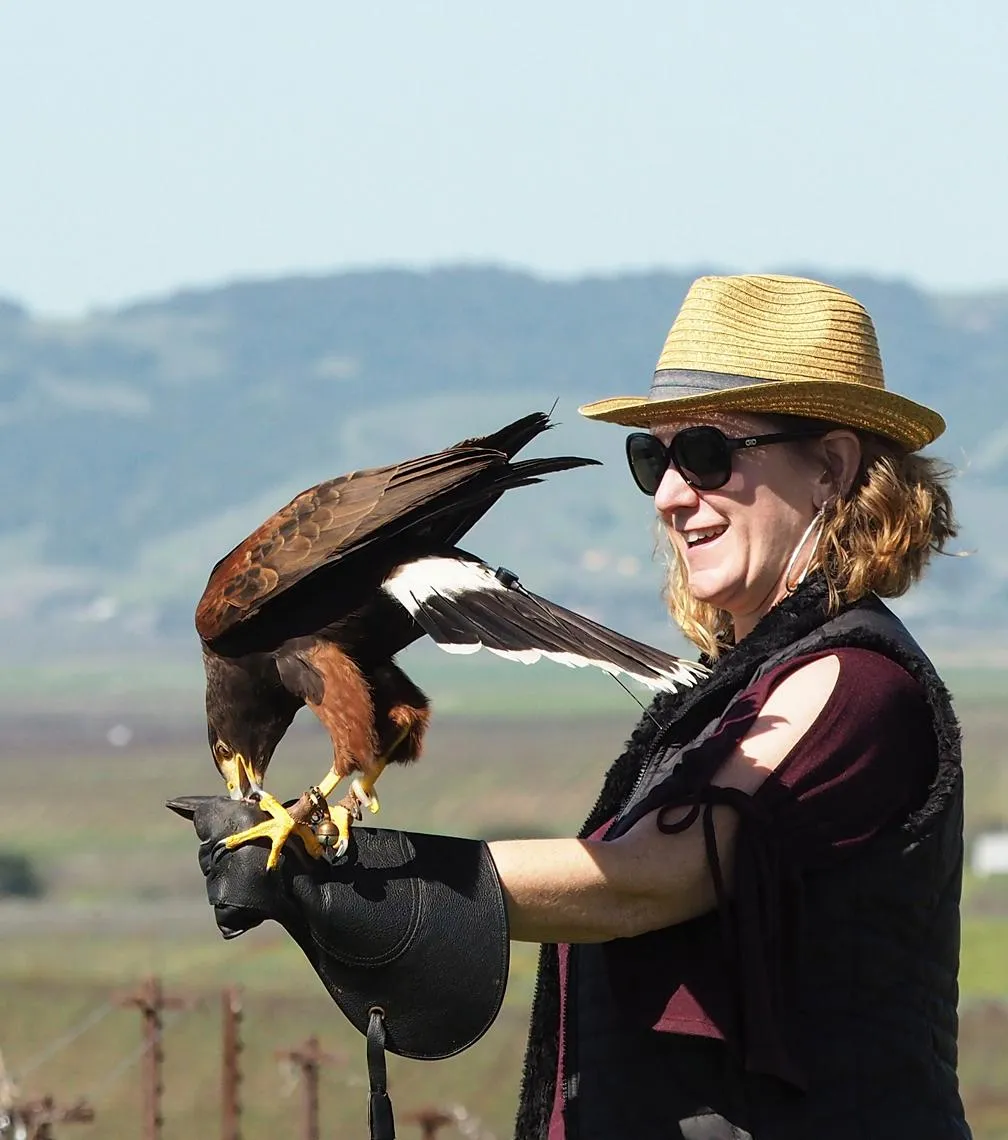
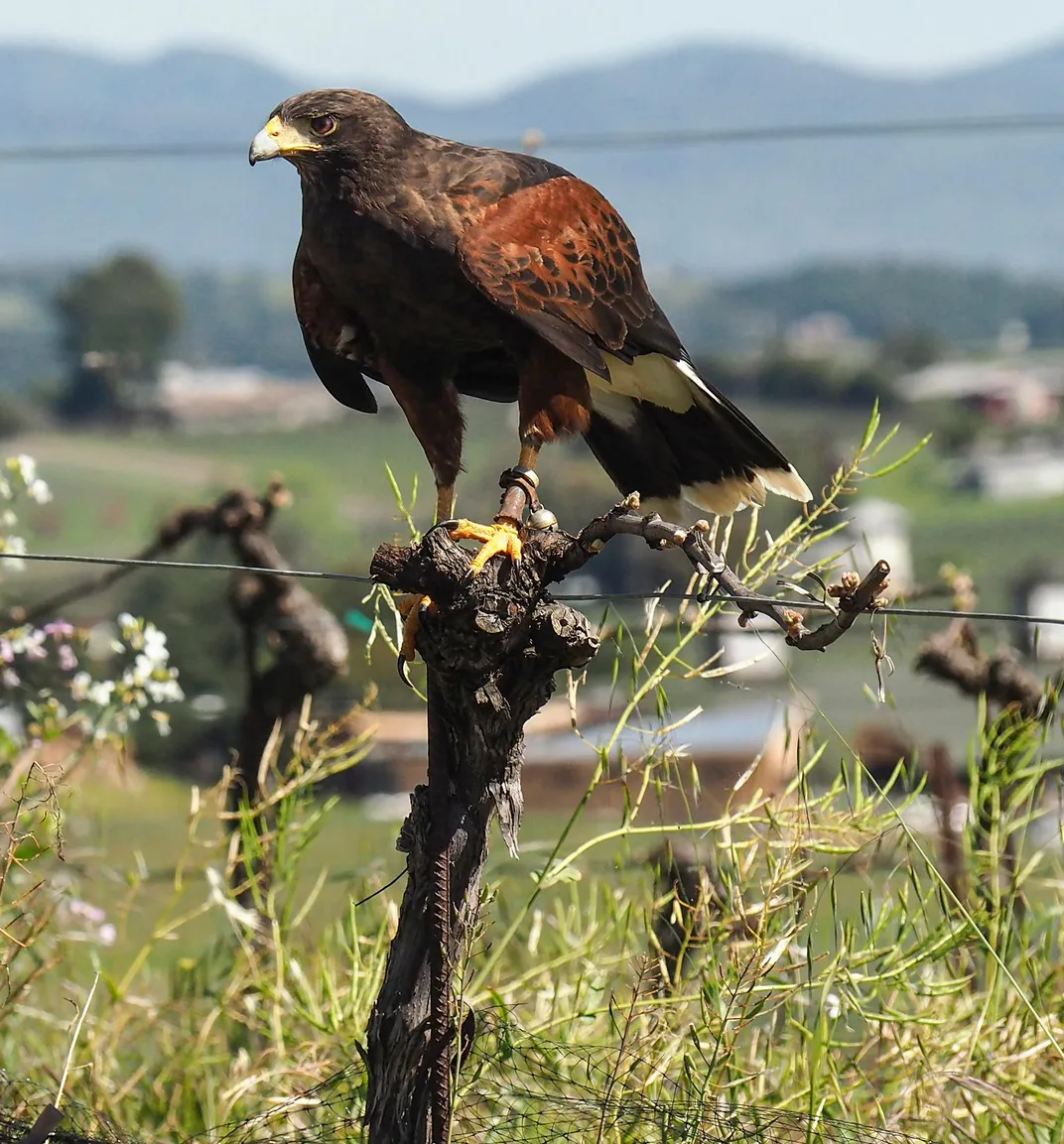
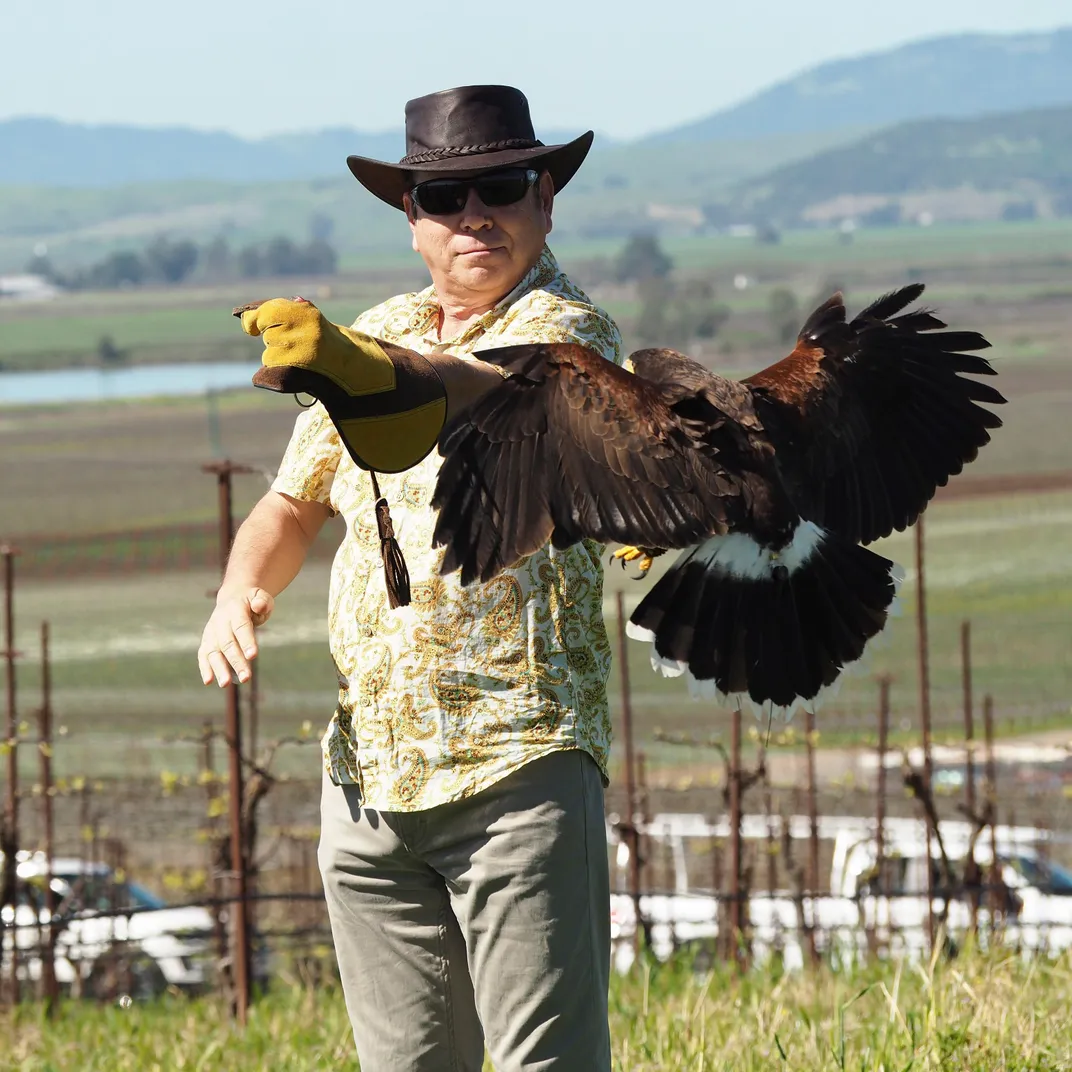
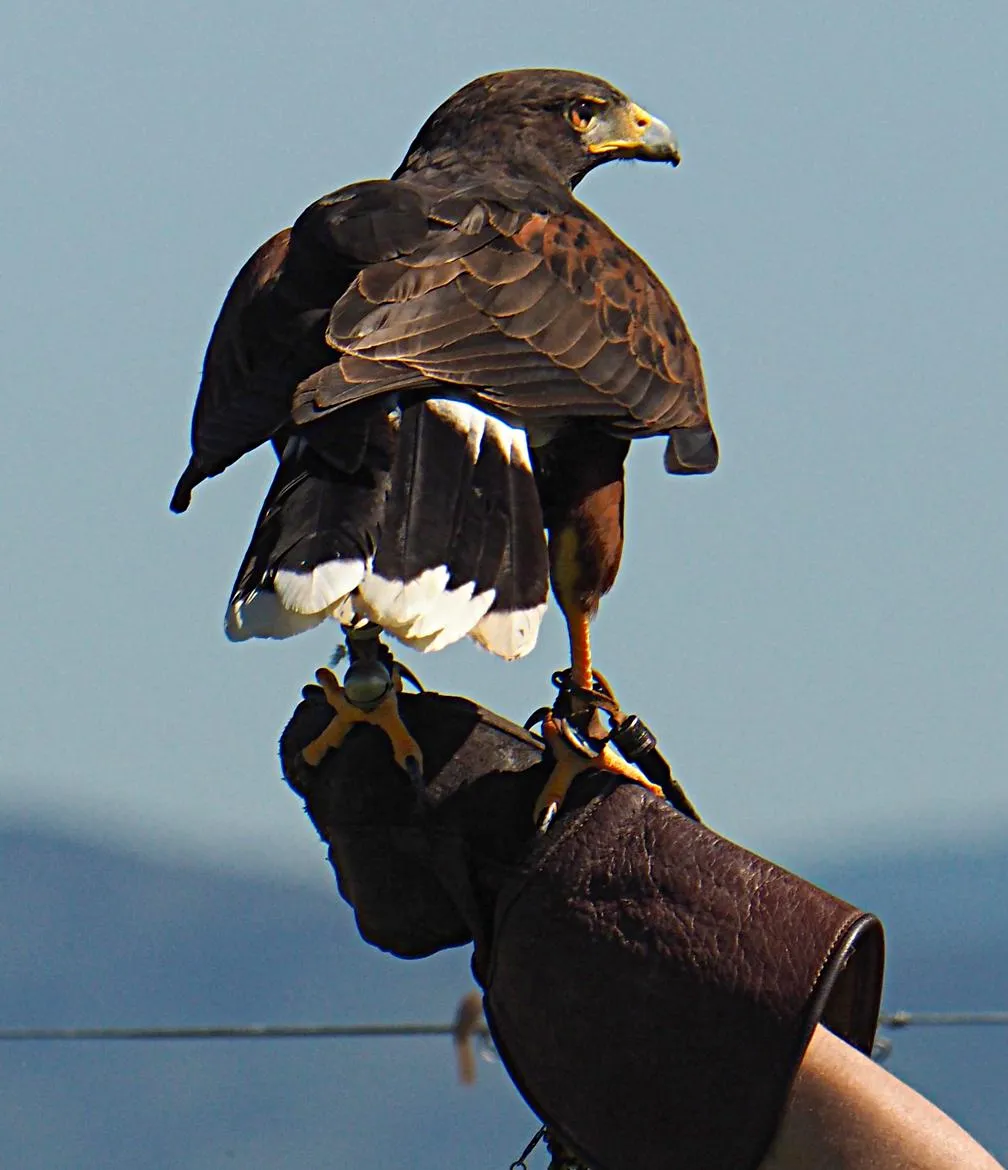
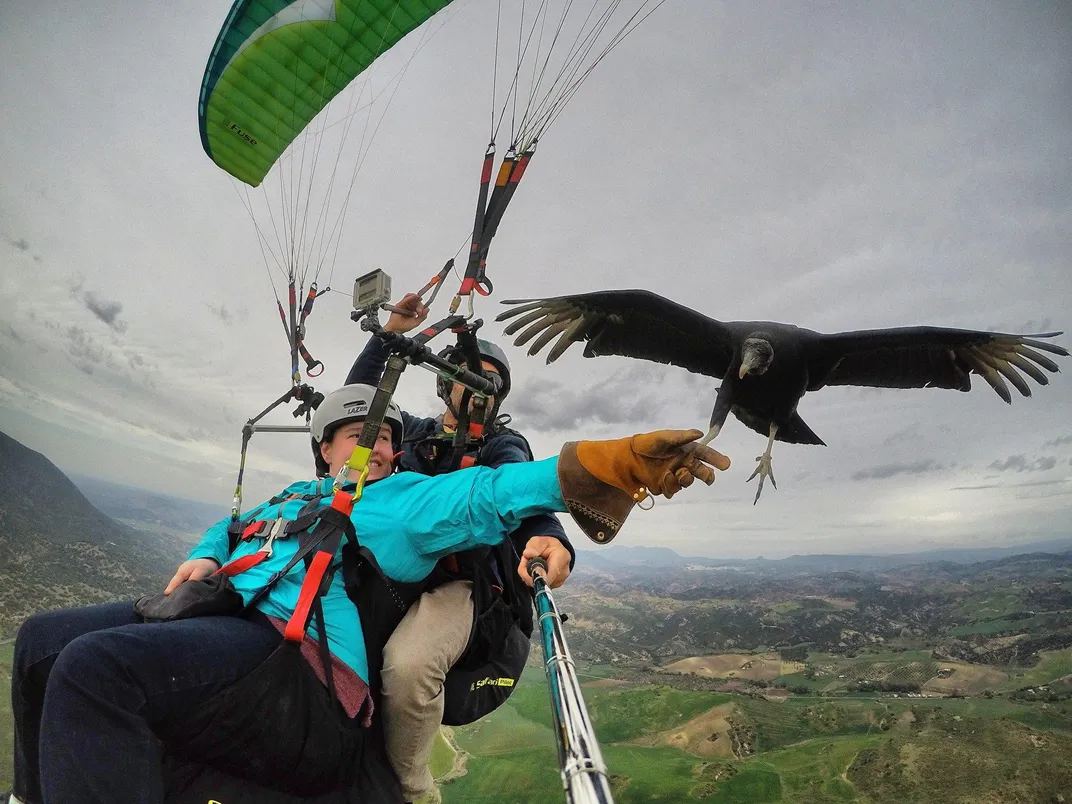
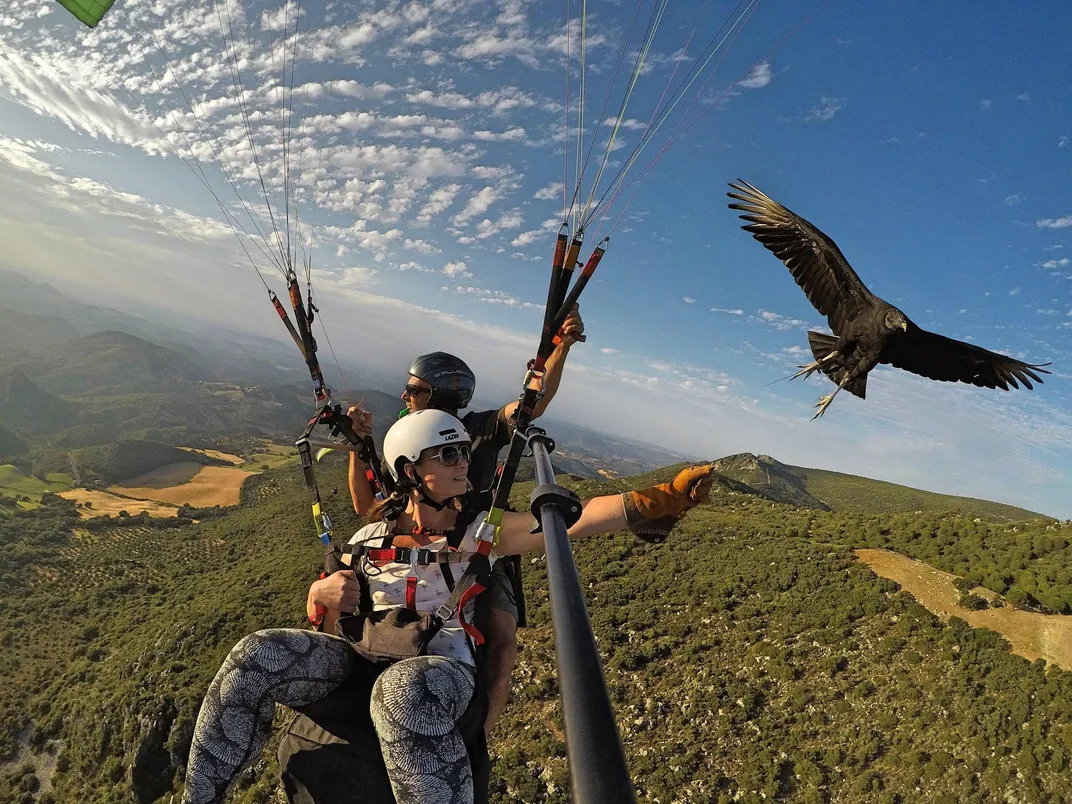
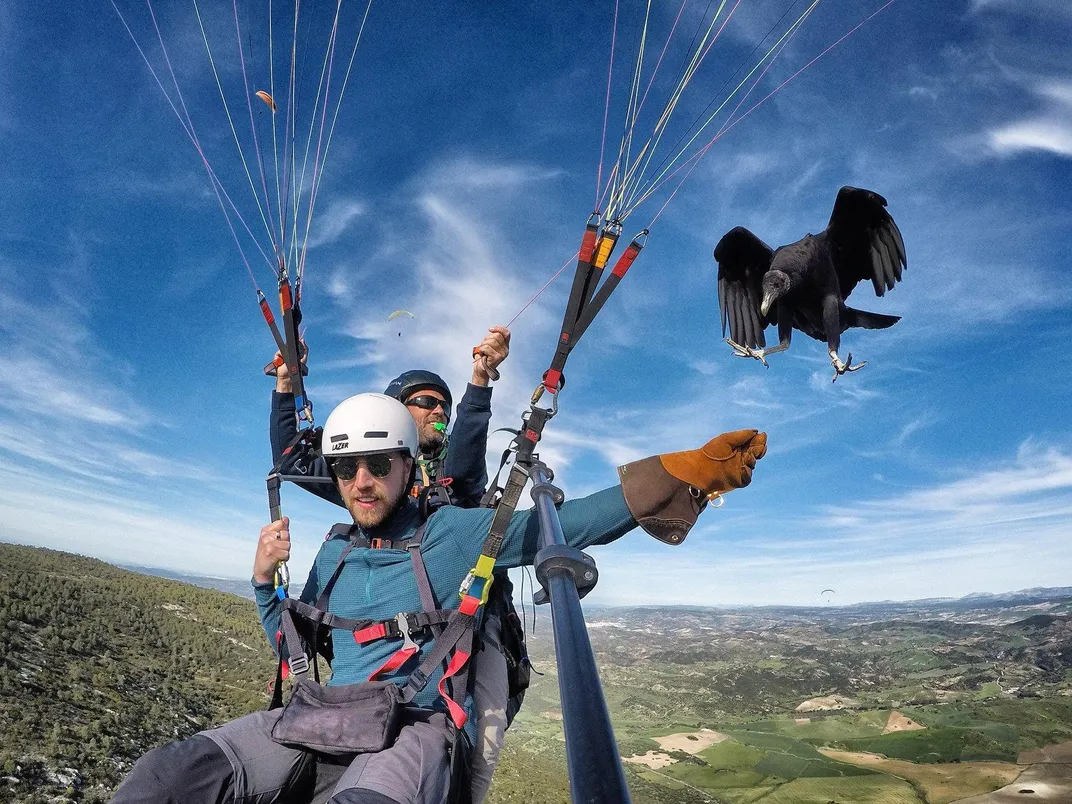
/https://tf-cmsv2-smithsonianmag-media.s3.amazonaws.com/accounts/headshot/JenniferBillock.png)